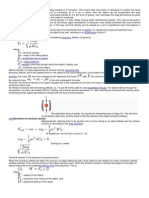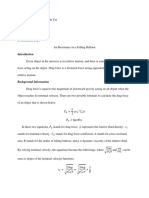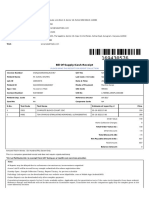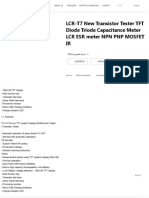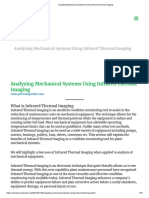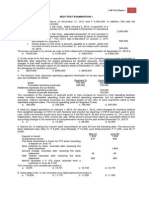0% found this document useful (0 votes)
9 views6 pagesJEX Physics Assessment Term 2 2023
This experiment examines how the mass of a falling object affects its terminal velocity, using displacement and time to calculate terminal velocity when acceleration reaches zero. The results indicate a direct proportionality between mass and terminal velocity, though the relationship is complex due to the influence of surface area on fluid resistance. The study highlights the need for improved data collection methods to enhance accuracy in measuring terminal velocity.
Uploaded by
mehul.babu07Copyright
© © All Rights Reserved
We take content rights seriously. If you suspect this is your content, claim it here.
Available Formats
Download as DOCX, PDF, TXT or read online on Scribd
0% found this document useful (0 votes)
9 views6 pagesJEX Physics Assessment Term 2 2023
This experiment examines how the mass of a falling object affects its terminal velocity, using displacement and time to calculate terminal velocity when acceleration reaches zero. The results indicate a direct proportionality between mass and terminal velocity, though the relationship is complex due to the influence of surface area on fluid resistance. The study highlights the need for improved data collection methods to enhance accuracy in measuring terminal velocity.
Uploaded by
mehul.babu07Copyright
© © All Rights Reserved
We take content rights seriously. If you suspect this is your content, claim it here.
Available Formats
Download as DOCX, PDF, TXT or read online on Scribd
/ 6























